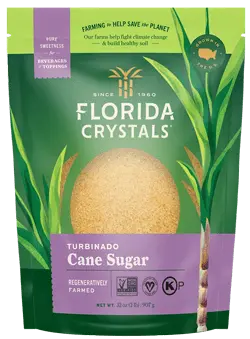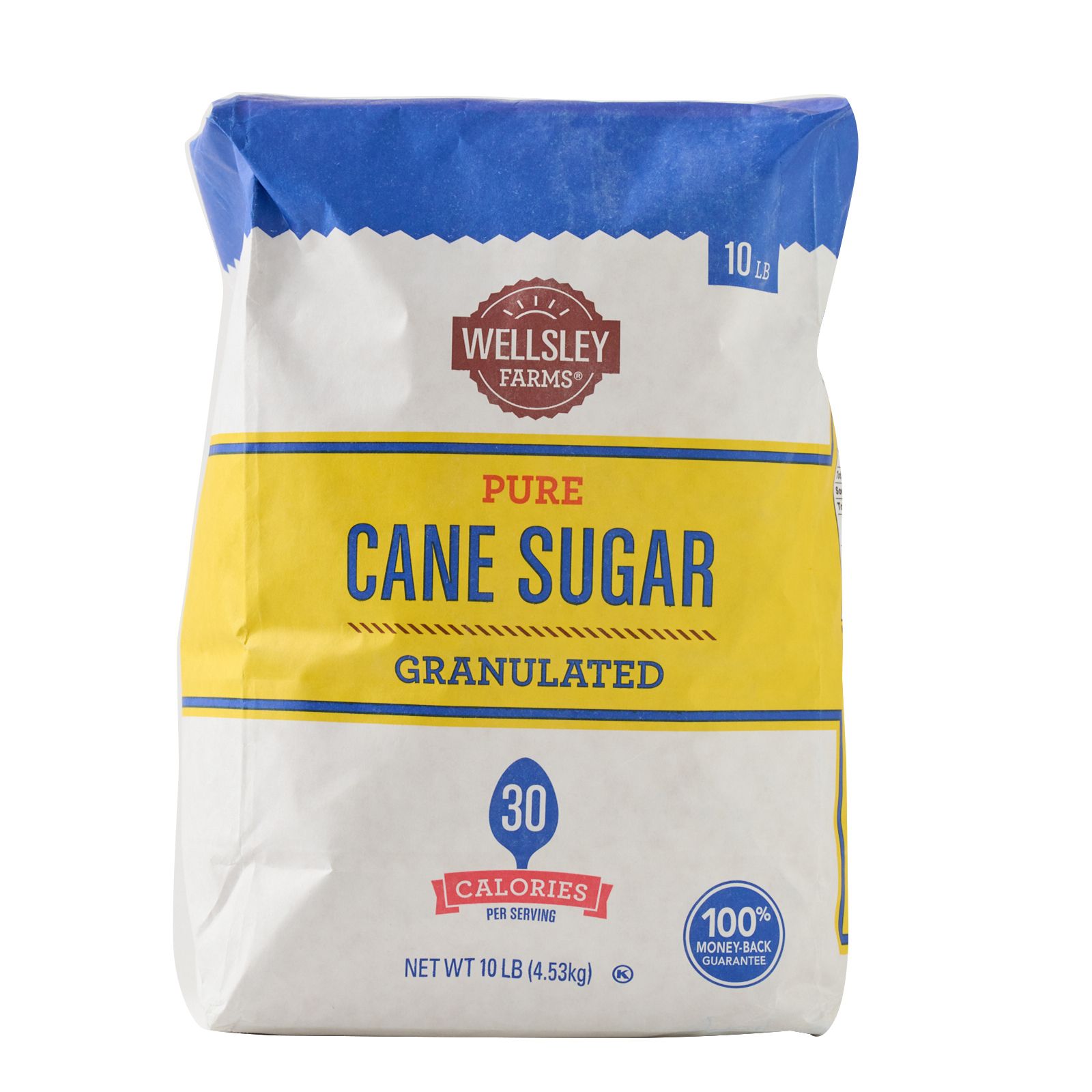Cane Sugar Processing: From Field to Table-- A Step-by-Step Overview
Cane Sugar Processing: From Field to Table-- A Step-by-Step Overview
Blog Article
An Extensive Guide to the Environmental Impact and Sustainability Practices in Walking Stick Sugar Handling
The environmental impact of walking stick sugar processing presents an intricate array of difficulties that warrant cautious assessment. From soil deterioration and too much water use to the carbon impact associated with farming and manufacturing, the consequences of standard practices are significant. What certain practices can be carried out to strike an equilibrium in between productivity and environmental stewardship?
Overview of Walking Stick Sugar Processing
Walking cane sugar processing involves a series of methodical steps that transform sugarcane right into refined sugar. Initially, harvested sugarcane is carried to processing centers, where it undergoes cleansing to remove dirt and particles. Following this, the cane is crushed to extract juice, which is then made clear by getting rid of pollutants with home heating and the enhancement of lime.
The clarified juice undertakes evaporation, where water is gotten rid of to concentrate the sugar material. These crystals are separated from the remaining syrup utilizing centrifugation, resulting in raw sugar.
The last item is then dried out and packaged for distribution. Throughout this whole process, keeping performance and quality assurance is important to guarantee the sugar fulfills sector criteria. Each action in cane sugar processing not just adds to the last product but also has ramifications for resource use and waste generation, establishing the stage for discussions on sustainability and environmental influences associated with sugar manufacturing.
Environmental Challenges of Production
The manufacturing of cane sugar presents several significant ecological obstacles that warrant focus. One primary problem is the extensive use agrochemicals, including fertilizers and pesticides, which can bring about soil degradation, biodiversity loss, and contamination of local water resources. The drainage from sugarcane areas usually carries these chemicals right into neighboring communities, interfering with marine life and influencing the wellness of areas reliant on these water bodies.
Another challenge is the high power consumption connected with sugarcane processing. The boiling and refining stages need considerable warmth, largely created by burning nonrenewable fuel sources, contributing to greenhouse gas exhausts. In addition, the expansive land area needed for sugarcane growing can lead to logging and habitat destruction, more intensifying climate modification and threatening wild animals.
Moreover, the labor methods in some regions elevate honest problems, as employees may encounter inadequate working conditions and poor wages. This circumstance typically bolsters a cycle of poverty in local areas. Cane Sugar Processing. Resolving these environmental difficulties is important for establishing more sustainable methods in walking stick sugar production, ultimately benefiting both the atmosphere and the neighborhoods associated with this sector
Water and Land Usage Impact
Water sources and land utilization are critical components in the walking stick sugar sector that considerably impact the environment. The growing of sugarcane requires substantial water input, with quotes suggesting that it can consume as much as 2,000 litres of water per kilogram of sugar generated. This intensive use water usually causes depletion of neighborhood water sources, affecting not only the sugarcane plantations yet additionally bordering environments and neighborhoods that depend on the same water sources for agriculture and domestic usage.

Additionally, land usage for sugarcane growing can lead to deforestation and the conversion of natural habitats right into monoculture vineyards. This technique lessens biodiversity, interferes with regional environments, and adds to dirt degradation. The growth of sugarcane areas often trespasses on important farming land, creating competitors for resources between food and biofuel production.
Sustainable practices, such as enhancing watering methods and carrying out crop turning, are crucial to minimize these impacts. By embracing much more efficient water usage and land monitoring techniques, the cane sugar industry can decrease its ecological impact, ensuring a balance in between agricultural efficiency and ecological conservation.
Greenhouse Gas Emissions
Greenhouse gas exhausts represent a substantial ecological problem within the walking cane sugar handling industry, particularly as farming practices increase to meet worldwide need. The farming of sugarcane, a plant that thrives in tropical environments, relies heavily on artificial plant foods and chemicals, which contribute to nitrous oxide discharges. Furthermore, land-use adjustments, including logging for brand-new sugarcane vineyards, launch co2 stored in vegetation and dirt.
Throughout processing, energy usage is an additional significant resource of greenhouse gas discharges - Cane Sugar Processing. Several sugar mills use fossil fuels to power equipment and generate heat, causing significant carbon footprints. Furthermore, the transport of raw sugarcane and ended up items adds layers of exhausts via fuel combustion in cars
The advancing impact of these exhausts worsens environment change, presenting dangers not just to the setting however additionally to the long-term stability of the industry. Stakeholders must identify the immediate demand for extensive strategies that attend to these exhausts. This includes evaluating existing agricultural techniques, processing approaches, and transport systems to identify locations for enhancement and mitigation. Addressing greenhouse gas exhausts is essential for fostering a much more sustainable cane sugar market in a changing climate.

Lasting Practices and Innovations
Sustainable practices and developments are progressively important in the walking stick sugar processing market as stakeholders look for to minimize ecological influences while preserving productivity. One substantial innovation is the execution of incorporated plant monitoring, which optimizes resource usage by integrating soil monitoring, insect control, and crop turning strategies. This approach enhances yield while decreasing chemical inputs and maintaining soil health.
Additionally, the adoption of sustainable energy resources, such as biomass from sugarcane residues, has acquired traction - Cane Sugar Processing. By transforming waste items right into power, refining centers can reduce their dependence on nonrenewable fuel sources, consequently lowering greenhouse gas emissions
Water administration methods have additionally seen renovations via the recycling and reusing of water in processing plants, significantly minimizing freshwater intake. Advancements in modern technology, such as precision agriculture, make it possible for farmers to monitor crop health and resource use much more successfully, ensuring lasting farming practices.
Additionally, accreditation programs like Fair Profession and Jungle Alliance motivate ecologically accountable farming techniques and advertise social equity within the supply chain. By welcoming these sustainable practices and developments, the walking cane sugar processing market can boost its resilience and add positively to environmental stewardship.
Final Thought
The environmental impact of walking cane sugar processing presents considerable obstacles, consisting of soil degradation, high water intake, and greenhouse gas discharges, alongside moral worries helpful site connected to labor methods. Attending to these issues with lasting practices, such as integrated plant monitoring, eco-friendly energy adoption, and water recycling, is necessary. By advertising environmentally liable and socially fair techniques in sugar production, the market can minimize its adverse impacts, making sure a more sustainable future for both communities and environments involved in this sector.
Walking stick sugar handling includes a series of systematic steps that change sugarcane into polished sugar. Each action in cane sugar handling not only contributes to the last item however likewise has implications for resource usage and waste generation, establishing the stage for conversations on sustainability and ecological effects associated with sugar manufacturing.
Greenhouse gas emissions represent a significant ecological concern within the cane sugar processing sector, particularly as agricultural techniques broaden to meet worldwide demand.Lasting practices and advancements are progressively vital published here in the cane sugar handling sector as stakeholders seek to reduce ecological effects while preserving performance.The environmental influence of cane sugar processing offers substantial challenges, including dirt destruction, high water intake, and greenhouse gas emissions, together with ethical worries related to why not find out more labor techniques.
Report this page